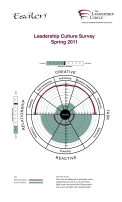A human writes:
I came to Esalen in 1972, fresh from Yale and the Star Hill Road hippie goat farm. I helped Selig put in the garden. I had group sex in the old baths while tripping on acid. I took a 5 day psycho-something workshop with John Lilly where we dropped LSD twice, which John provided. I was 25. Dick Price Gestalt Workshops and transformations, Sweet Baby James playing in the background. I visited Esalen 20 times before I was 30. Living an hour away, that was easy. I could sleep in my VW Van. Esalen was magic. A beacon to the world. Truly the Human Potential Movement, ecstatically spiritual before the world had heard the words.
I came back to, well, being in a dinner line in 2008 and being criticized by Gordon Wheeler for joking with my wife and a friend in a mildly raucous non-PC way. We came and enjoyed ourselves over the next few years, tourists really, from Montana. At some point in time I got to reading an article by Trisha McEntee in the catalog, introducing herself and her vision to the community and the world. What pure utter unmitigated garbage, I thought, and I haven’t been back since. Good luck. She holds confused and primitive beliefs in the nature of reality. Oh, and that hotel guy on the board of trustees? While I’m not a huge psychic, the future is being mapped out. As with everything else these days from absurd wars to free passes for 2008′s financial criminals, follow the money.



